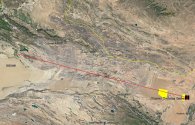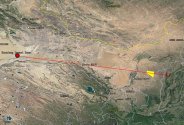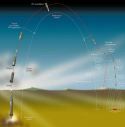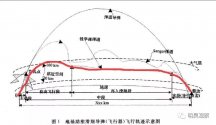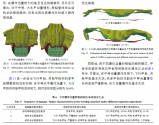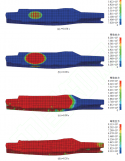The latest literature should be DF27
Clearly, it is a Level 3 ballistic missile
However, the speed increment provided by the first three levels is approximately 6500-6800m/s (the speed increment in the literature is divided by direction), and the re-entry altitude is 70km. At this point, the weight of the warhead is 2000kg and there is still 800kg of fuel, indicating that there is still fuel inside the warhead, which is basically liquid power. The PBV of traditional third stage ballistic missiles generally does not have so much fuel.
The speed increment provided by the first three stages is a bit smaller than that of traditional third stage ballistic missiles (usually 7200-7500m/s for the third stage of ballistic missiles). Considering the missile height and speed, it is generally certain that the DV provided by the first two stages is between 5000-6000m/s (medium range ballistic missiles), while the third stage is a liquid stage with multiple ignition, where the first ignition consumes 500-1000kg of fuel, 800kg of fuel has also been retained for ballistic missile re-entry maneuvers.
Note that the mass of this warhead during re-entry is 2000kg, with fuel of 800kg, which is approximately 1200kg of dry mass of the warhead. This weight is in line with the weight characteristics of hypersonic glider vehicles.
So based on the previous figure, it can be seen that DF26 (with a launch weight of 18-24 tons, which is unclear) itself is a nuclear warhead with tens of thousands of kilometers of equipment, while conventional warheads only have 5000km (Level 3 without fuel) -8000km (glide extended range).
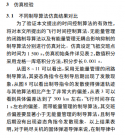
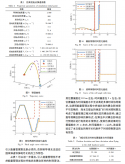
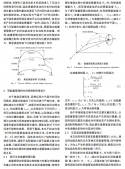
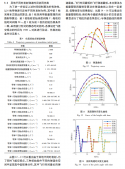
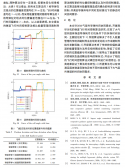
Clearly, it is a Level 3 ballistic missile
However, the speed increment provided by the first three levels is approximately 6500-6800m/s (the speed increment in the literature is divided by direction), and the re-entry altitude is 70km. At this point, the weight of the warhead is 2000kg and there is still 800kg of fuel, indicating that there is still fuel inside the warhead, which is basically liquid power. The PBV of traditional third stage ballistic missiles generally does not have so much fuel.
The speed increment provided by the first three stages is a bit smaller than that of traditional third stage ballistic missiles (usually 7200-7500m/s for the third stage of ballistic missiles). Considering the missile height and speed, it is generally certain that the DV provided by the first two stages is between 5000-6000m/s (medium range ballistic missiles), while the third stage is a liquid stage with multiple ignition, where the first ignition consumes 500-1000kg of fuel, 800kg of fuel has also been retained for ballistic missile re-entry maneuvers.
Note that the mass of this warhead during re-entry is 2000kg, with fuel of 800kg, which is approximately 1200kg of dry mass of the warhead. This weight is in line with the weight characteristics of hypersonic glider vehicles.
So based on the previous figure, it can be seen that DF26 (with a launch weight of 18-24 tons, which is unclear) itself is a nuclear warhead with tens of thousands of kilometers of equipment, while conventional warheads only have 5000km (Level 3 without fuel) -8000km (glide extended range).






